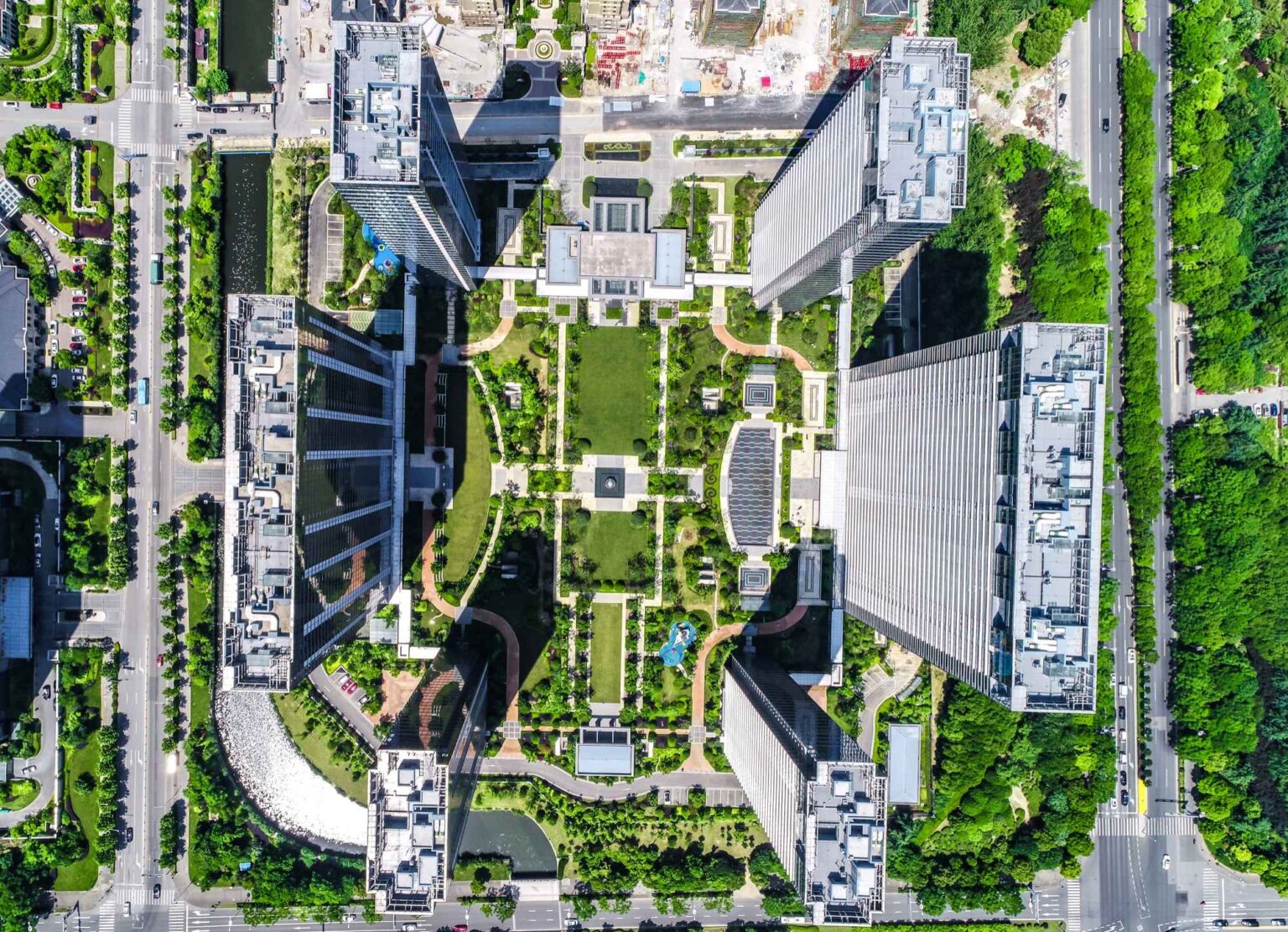Urban agriculture is gaining momentum as a sustainable solution to enhance food production and promote self-sufficiency in smart cities. By integrating smart technologies and innovative farming methods, urban agriculture transforms underutilized spaces into productive areas for cultivating crops and raising livestock. Here’s how urban agriculture and smart cities work together to embrace sustainable food production:
Vertical Farming and Hydroponics: Smart cities employ vertical farming and hydroponics, which utilize indoor vertical spaces and soil-less cultivation techniques. These methods maximize space efficiency and enable year-round production of crops. Vertical farms integrate smart lighting, climate control systems, and automated nutrient delivery to optimize growing conditions and ensure high crop yields. By reducing the dependency on traditional farmland and minimizing water usage, vertical farming contributes to sustainable food production in urban areas.
Rooftop Gardens and Greenhouses: Smart cities encourage the establishment of rooftop gardens and greenhouses, utilizing the available space on rooftops to grow fruits, vegetables, and herbs. These urban farming systems can employ smart irrigation systems, automated nutrient monitoring, and climate control technologies to optimize growing conditions and conserve resources. Rooftop gardens also provide additional benefits such as improved air quality, heat insulation, and stormwater management.
IoT and Monitoring Systems: Internet of Things (IoT) devices and sensors play a vital role in urban agriculture by monitoring and controlling various parameters critical to plant growth, such as temperature, humidity, soil moisture, and nutrient levels. These sensors provide real-time data that farmers can access remotely through smart devices. By analyzing this data, farmers can make informed decisions, optimize resource utilization, and respond promptly to any deviations or issues in the growing environment.
Data-Driven Crop Management: Smart cities leverage data analytics and machine learning algorithms to optimize crop management practices in urban agriculture. By analyzing historical data, weather patterns, and plant performance, farmers can make data-driven decisions on planting schedules, crop selection, and pest management. This helps maximize crop productivity, reduce resource waste, and ensure sustainable farming practices.
Circular Economy and Waste Management: Urban agriculture can contribute to the circular economy concept in smart cities by utilizing organic waste and byproducts as compost or fertilizers. Food waste from households, restaurants, and markets can be processed into nutrient-rich compost, which is then used to enrich the soil in urban farming systems. This reduces waste, enhances soil fertility, and closes the loop in the food production cycle.
Community Engagement and Education: Smart cities foster community engagement and education in urban agriculture to promote food security and sustainable practices. Community gardens, educational programs, and workshops provide opportunities for residents to learn about urban farming, participate in growing food, and develop a sense of ownership and pride in sustainable food production. These initiatives also foster social connections and strengthen community bonds.
Local Food Systems and Reduced Food Miles: Urban agriculture in smart cities emphasizes the production of local food, reducing reliance on long-distance transportation and minimizing the carbon footprint associated with food miles. By cultivating food within or near urban areas, smart cities can enhance food security, improve the freshness and nutritional value of produce, and support local economies.
Urban agriculture, when integrated with smart city initiatives, holds immense potential to create sustainable and resilient food systems. By leveraging technology, data-driven approaches, and community participation, smart cities can embrace urban agriculture as an integral part of their vision for a more sustainable and food-secure future.



